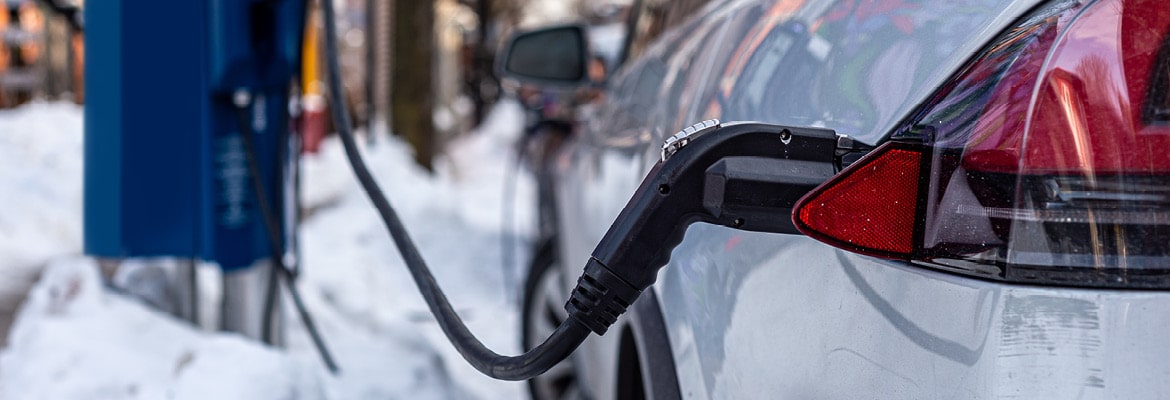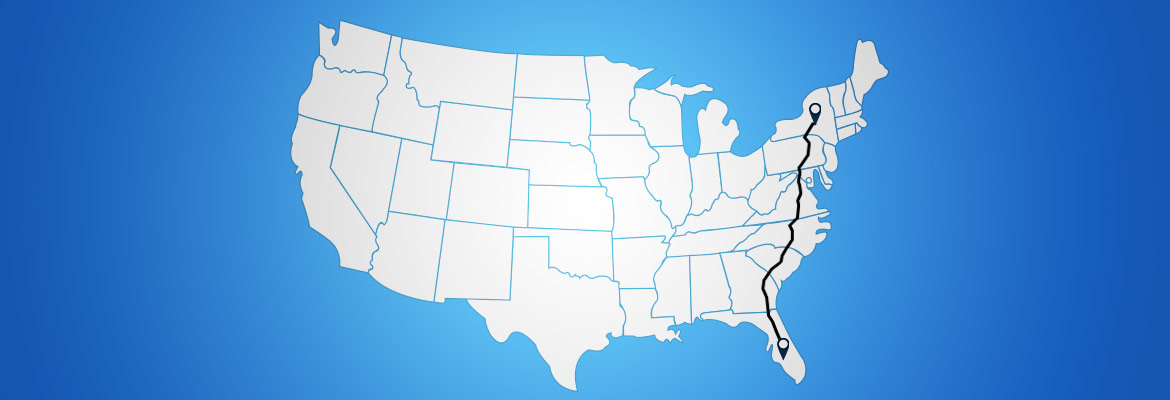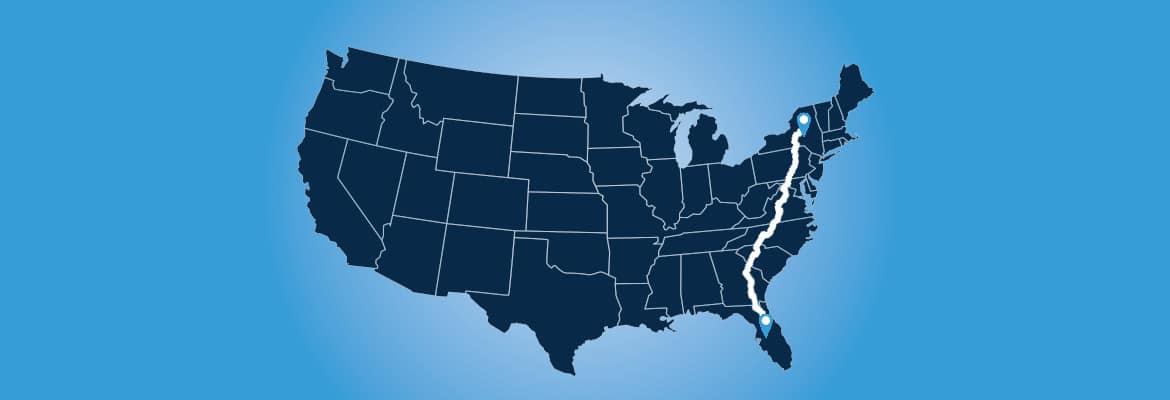Author(s)
Moving out of state for the first time can feel like quite the undertaking: Not only do you have to get all your belongings to your new home, but you also have to figure out the culture and lifestyle of the area.
According to CNBC, some of America’s best places to live include Vermont, Maine, Hawaii, North Dakota and Minnesota, among others.
No matter where your future residency will be, being organized, finding a great moving company and leaving no stone left unturned can mitigate some of the anxiety. We’ve got the information you need to make your state-to-state move as seamless as possible.
Step-by-step guide for moving out of state
- Learn about where you’re moving
If you’ve spent little or no time in your new town, it’s helpful to look into the area before moving to get an idea of what life will be like. Learn about the community and research public transportation, local schools, health and service providers, churches (if you plan to join one) and other clubs or groups in which you may be interested in participating or enrolling your kids. Additionally, taxes and costs of living vary from state to state, so having an understanding of both prior to moving will help you prepare accordingly. - Sort out moving details
Next, it’s time to prep for the move. Relocating to a new state requires more than simply boxing up your belongings and hitting the road—there are various details involved:
- Set a moving budget
- Finalize your lease or new home contract
- Forward education, health and veterinary records
- Get estimates for a handful of moving and/or packing companies before deciding which to work with
- Gather important documents (birth certificates, social security cards, financial records, etc.) and keep them with you during the move—not in a moving box!
- Make a plan for transporting plants, pets and cars
- Pack up your belongings
After you’ve purged your home of clutter and things you don’t need, it’s time to pack up the things you will need. Since your move is unlikely to happen all in one day, consider what you’ll need over the course of transit, including clothing, toiletries, electronic devices and chargers, food and other personal items.
Once you’ve put those aside, pack all other items, keeping them organized by room and type, taking into consideration where items will go in the new home and what makes sense to pack together. Finally, use frozen or perishable food as much as possible and donate anything you’re unable to finish. Once you’re all packed up, clean your home or have it cleaned professionally for the new owners. - Update relocation information
With the stress of packing things up and arranging the logistics of your move, some lower-priority—yet critical—tasks can fall through the cracks. Complete a change of address form with the U.S. Postal Service and plan for updating your driver’s license or state ID. Likewise, update your address for any bank accounts, lenders, subscription services, etc. Schedule utilities to be turned off, like electric, water, trash, cable, gas and garbage collection. - Make your move
All the t’s are crossed and i’s are dotted; now it’s moving day. Before heading to your new home and starting the next chapter of your life, do a final walk-through of your old home to ensure no item, big or small, is hiding in a corner or far back in a closet and gets left behind. If you’ve hired a moving company, you’ll sign the bill of lading: a contract that details all agreed-upon terms and conditions, including moving timeframe, prices, services and more.
Then it’s time to head to your new home. Whether you’re flying, driving, or taking another form of transportation, when you arrive, you may be ready to start unpacking—or, take a nap! But first, walk through the home and check for any glaring damage before furniture and boxes are moved in. - Welcome home!
Besides claiming whose room is whose and unloading all your stuff, there are some less-exciting yet still essential to-dos to complete. For safety purposes, test the smoke detectors in the home, change all locks that lead into the home from outside, locate the fuse box and have the HVAC system inspected and tuned up if necessary.
Make sure all utilities have been transferred to your name and connect your internet and cable. Finally, develop a home maintenance plan. These plans ensure all elements of the home—including, but not limited to, the roof, deck, siding, windows, gutters, air filters, HVAC—are checked regularly, whether monthly, seasonally or annually. Now all that’s left to do is settle in and explore your new area!
Options for transporting your vehicle in a long-distance move
There are many choices to get your car, truck, motorcycle, golf cart or other vehicles to your new home, even if it’s located across the country.
Drive the car(s) yourself
Your first thought is probably to hop behind the wheel and make the trek from your old home to your new one. Depending on how far you’re moving, the trip could take multiple days, racking up bills for gas, hotels, food and other needs along the way—not to mention wear on the car. Further, if you have more than one vehicle, you may have more cars than available drivers.
Tow the vehicles(s)
In order to mitigate the miles put on your vehicle, you may look into renting a tow truck. First of all, you’ll need a special license to drive these types of vehicles. Plus, doing so doesn’t reduce the number of vehicles you need to transport nor the expenses of stops along the drive. If you choose to hire a professional towing company, expect to pay a pretty penny. Towers typically only transport cars over a short distance and will charge exponentially more to cross state lines.
Find others to help drive
Family and friends are usually eager to help out loved ones during a move, so naturally, you may request them to help get your vehicles to the new home. However, it’s a lot to ask people to take days off from work or out of their personal and social lives to drive hundreds of miles. And you’ll still have to pay for gas and other needs
Hire a car shipping company
You have enough on your moving to-do list—why not leave moving your vehicle to experts? Professional auto transporters can pick up your car and other vehicles at your old residence and drop them off at your new one via open or enclosed trailer (depending on your preference, budget and the type of vehicle). This service is typically more affordable than a tow, but rates are based on the number of vehicles you’re shipping, the transport distance and other potential factors like seasonal demand, the vehicle’s weight and whether it’s operational. Plus, the added benefit of convenience and time savings is priceless.
Stress less during your interstate move
With so many other details to work out with your move, leave your vehicles in trusted hands. Montway Auto Transport helps people move all over the United States, getting their cars, motorcycles and other vehicles to their new homes safely and efficiently.
Whether you’re relocating for a job, are part of the military or simply want a change of scenery, have peace of mind knowing your vehicles are taken care of so you can focus on what’s important: ensuring your move goes smoothly and that your family and personal belongings are safe.
Request a free quote for moving out of state or call us at 888-666-8929 today.








